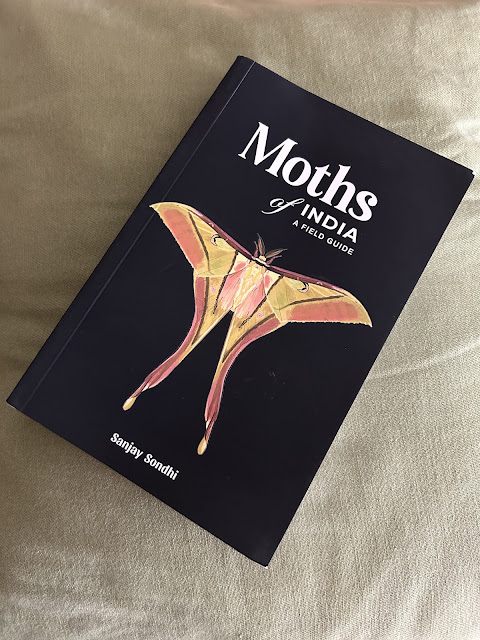http://www.scientificamerican.com/article.cfm?id=8-apps-that-turn-citizens-into-scientists&page=4
What's Invasive: Invasive species often threaten native plants and animals, and experts need to know where to find them. That’s the main idea behind the What’s Invasive app, developed by the University of Georgia.
Price: Free
Platforms supported: iPhone, Android
How it works: The app displays local lists of invasive plants or animals that have been identified by the National Park Service and other management authorities. Users can help experts pinpoint invasive species by locating them and providing experts with GPS coordinates, accompanied by a photo and notes about the observation. The geotagged observations and photos are used to alert experts about the spread of habitat-destroying species. Users can also go online to whatsinvasive.com and set up their own site for invasive species data collection.
Similar apps: There are several apps of this kind tailored to citizen scientists living all over the country. IveGot1 is for identifying and reporting invasive plants and animals in Florida. SEEDN is an app for reporting invasive plants, insects and plant pathogens in the southeastern U.S., and is part an integrated invasive species reporting and outreach campaign. The Mid Atlantic Early Detection Network app is for those living in states that include Delaware, New York and Virginia as well as Washington, D.C. Observations submitted by citizen scientists using the app are uploaded to the Early Detection and Distribution Mapping System (EDDMapS), and e-mailed directly to local and state verifiers for review. EDDMapS West is a similar app for western states; and Outsmart Invasive Species is an app created for monitoring efforts specifically in Massachusetts.
What's Invasive: Invasive species often threaten native plants and animals, and experts need to know where to find them. That’s the main idea behind the What’s Invasive app, developed by the University of Georgia.
Price: Free
Platforms supported: iPhone, Android
How it works: The app displays local lists of invasive plants or animals that have been identified by the National Park Service and other management authorities. Users can help experts pinpoint invasive species by locating them and providing experts with GPS coordinates, accompanied by a photo and notes about the observation. The geotagged observations and photos are used to alert experts about the spread of habitat-destroying species. Users can also go online to whatsinvasive.com and set up their own site for invasive species data collection.
Similar apps: There are several apps of this kind tailored to citizen scientists living all over the country. IveGot1 is for identifying and reporting invasive plants and animals in Florida. SEEDN is an app for reporting invasive plants, insects and plant pathogens in the southeastern U.S., and is part an integrated invasive species reporting and outreach campaign. The Mid Atlantic Early Detection Network app is for those living in states that include Delaware, New York and Virginia as well as Washington, D.C. Observations submitted by citizen scientists using the app are uploaded to the Early Detection and Distribution Mapping System (EDDMapS), and e-mailed directly to local and state verifiers for review. EDDMapS West is a similar app for western states; and Outsmart Invasive Species is an app created for monitoring efforts specifically in Massachusetts.

%2Bcopy.jpg)

No comments:
Post a Comment